Artocarpus altilis (Parkinson) Fosberg |
| |
|
|
Botanical Name |
: |
Artocarpus altilis (Parkinson) Fosberg |
English
Name |
: |
Breadfruit |
Synonym(s) |
: |
Artocarpus communis J.R. & G. Forster, Artocarpus camansi Blanco |
Family |
: |
Moraceae |
| |
General Info
| Description |
 |
|
A monoecious tree, up to 30 m tall. Leaves are alternate, ovate to elliptical in outline, 20—60(—90) cm x 20—40(—50) cm, undivided when young, older ones entire or deeply pinnately cut into 5—11-pointed lobes, thick, leathery, dark green and shiny above, pale green and rough below, petiole 3—5 cm long. Inflorescences are axillary, peduncles 4—8 cm long; male ones drooping, club-shaped, 15—25 cm x 3—4 cm, spongy, yellow, flowers minute with single stamen; female ones stiffly upright, globose or cylindrical, 8—10 cm x 5—7 cm, green, flowers numerous, embedded in receptacle, calyx tubular, ovary 2-celled, style narrow, stigma 2-lobed. Fruit is a syncarp formed from the entire inflorescence, cylindrical to globose, 10—30 cm in diameter, rind yellow-green, reticulately marked with 4—6-sided faces, sometimes bearing short spines; a large central core is surrounded by numerous abortive flowers which form a pale yellow juicy pulp, the edible portion of the fruit. |
| Herb Effects |
 |
|
As astringent and purgative (roots); antimicrobial (bark and stem extract) |
Chemistry
| Active Ingredients |
 |
|
Alanine, arginine, aspartic acid, glutamic acid, glycine, histidine, linoleic acid, serine, stearic acid, tryptophan (seed); alpha-amyrin, artocarpin, ascorbic acid, beta-carotene, cycloartenol, isoleucine, lysine, methionine, niacin, pantothenic acid, phenylalanine, riboflavin, thiamin, threonine, tyrosine, valine (fruit); HCN, quercetin (leaves) |
| Chemistry
of Active Ingredients |
 |
|
|
 |
Name |
CAS# |
IUPAC Name |
Formula |
Structure |
 |
|
| Alanine |
35597-43-4 |
2-[2-[2-amino-4-(hyd
roxy-methyl-phosphor
yl)-butanoyl]aminopr
opanoylami
no]propa
noic acid |
C11H22N3O6P |

|
| Arginine |
7004-12-8 |
2-amino-5-guanidino-
pentanoic acid |
C6H14N4O2 |
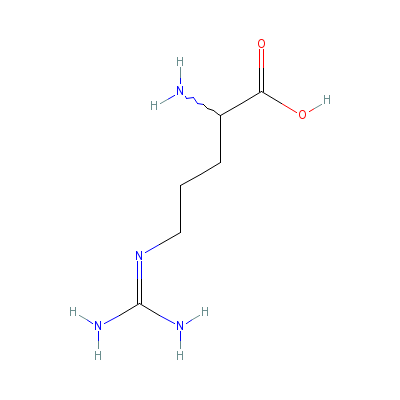
|
| Aspartic acid |
6899-03-2 |
2-aminobutanedioic
acid |
C4H7NO4 |
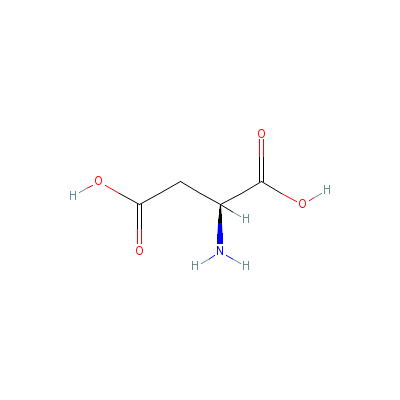
|
| Glutamic acid |
Not Available |
2-aminopentanedioic
acid |
C5H9NO4 |
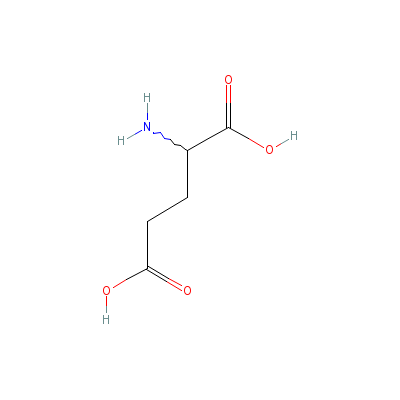
|
| Glycine |
87867-94-5 |
2-aminoacetic acid |
C2H5NO2 |
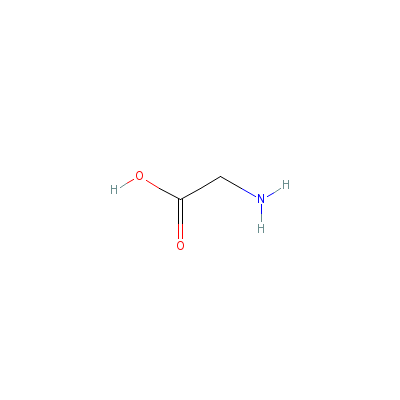
|
| Histidine |
6027-02-7 |
2-amino-3-(3H-imidaz
ol-4-yl)propanoic
acid |
C6H9N3O2 |
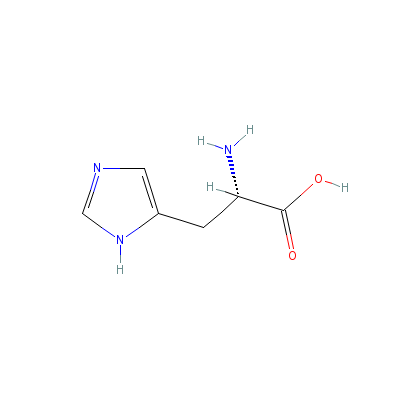
|
| Linoleic acid |
8024-22-4 |
Octadeca-9,12-dienoi
c acid |
C18H32O2 |
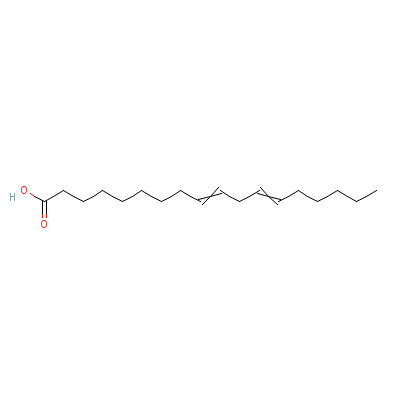
|
| Serine |
6898-95-9 |
2-amino-3-hydroxy-pr
opanoic acid |
C3H7NO3 |

|
| Stearic acid |
82497-27-6 |
octadecanoic acid |
C18H36O2 |

|
| Tryptophan |
80206-30-0 |
2-amino-3-(1H-indol-
3-yl)propanoic acid |
C11H12N2O2 |

|
| Alpha amyrin |
638-95-9 |
4,4,6a,6b,8a,11,12,1
4b-octamethyl-2,3,4a
,5,6,7,8,9,10,11,12,
12a,14,14a
-tetrade
cahydro-1H-picen-3-o
l |
C30H50O |
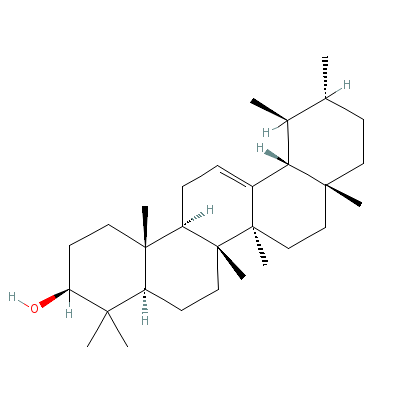
|
| Artocarpin |
Not Available |
2-(2,4-dihydroxyphen
yl)-5-hydroxy-7-meth
oxy-6-(3-methylbut-1
-enyl)-3-(
3-methyl
but-2-enyl)chromen-4
-one |
C26H28O6 |
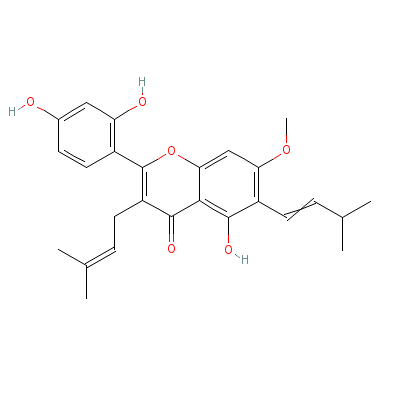
|
| Ascorbic Acid |
Not Available |
2-(1,2-dihydroxyethy
l)-4,5-dihydroxy-fur
an-3-one |
C6H8O6 |

|
| Beta Carotene |
7235-40-7 |
3,7,12,16-tetramethy
l-1,18-bis(2,6,6-tri
methyl-1-cyclohexeny
l)-octadec
a-1,3,5,
7,9,11,13,15,17-nona
ene |
C40H56 |

|
| Cycloartenol |
Not Available |
Not Available |
C30H50O |
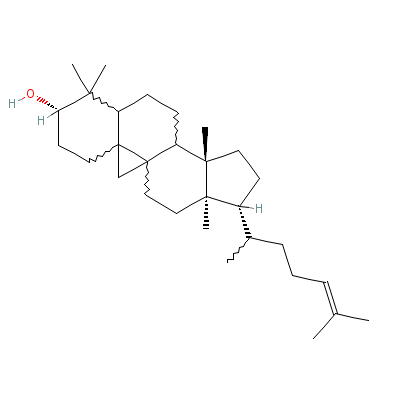
|
| Isoleucine |
319-78-8 |
2-amino-3-methyl-pen
tanoic acid |
C6H13NO2 |
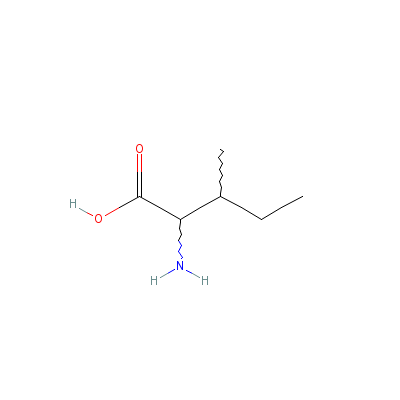
|
| Lysine |
923-27-3 |
2,6-diaminohexanoic
acid |
C6H14N2O2 |
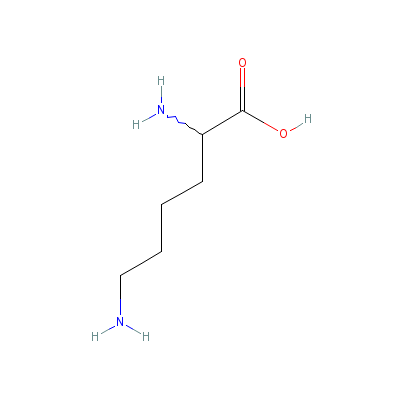
|
| Methionine |
348-67-4 |
2-amino-4-methylsulf
anyl-butanoic acid |
C5H11NO2S |
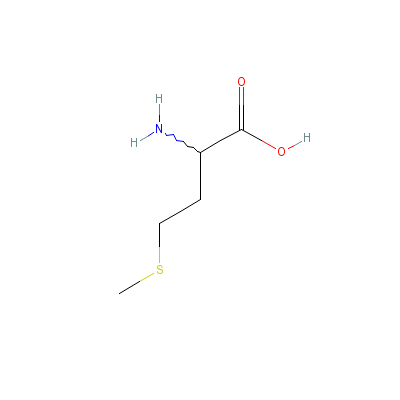
|
| Niacin |
99148-57-9 |
Pyridine-3-carboxyli
c acid |
C6H5NO2 |
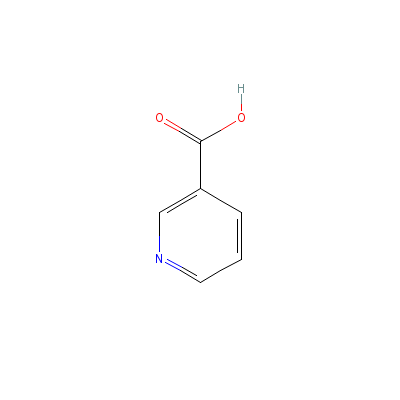
|
| Pantothenic acid |
599-54-2 |
3-[(2,4-dihydroxy-3,
3-dimethyl-butanoyl)
amino]propanoic acid |
C9H17NO5 |

|
| Phenylalanine |
3617-44-5 |
2-amino-3-phenyl-pro
panoic acid |
C9H11NO2 |

|
| Riboflavin |
Not Available |
Not Available |
C17H21N4O9P |
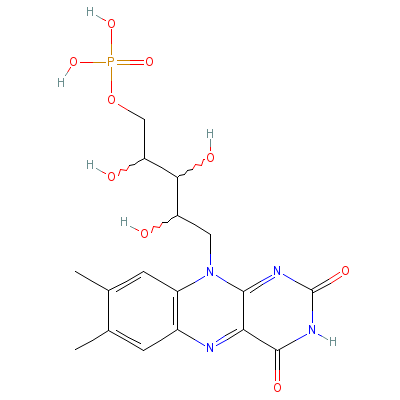
|
| Thiamin |
59-43-8 |
2-[3-[(4-amino-2-met
hyl-pyrimidin-5-yl)m
ethyl]-4-methyl-1-th
ia-3-azoni
acyclope
nta-2,4-dien-5-yl]et
hanol |
C12H17N4OS+ |

|
| Threonine |
632-20-2 |
2-amino-3-hydroxy-bu
tanoic acid |
C4H9NO3 |
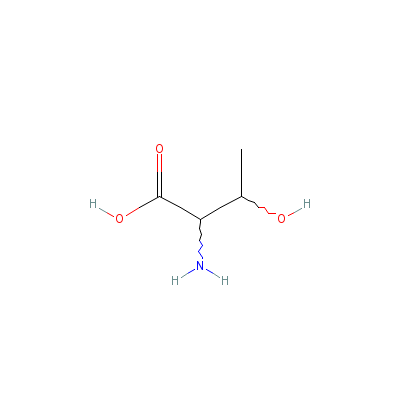
|
| Tyrosine |
556-02-5 |
2-amino-3-(4-hydroxy
phenyl)-propanoic
acid |
C9H11NO3 |
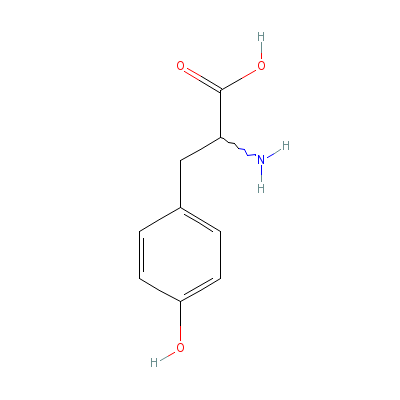
|
| Valine |
7004-03-7 |
2-amino-3-methyl-but
anoic acid |
C5H11NO2 |
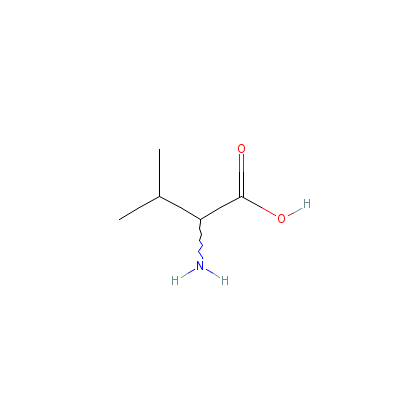
|
| HCN |
Not available |
Hydrogen cyanide |
CHN |
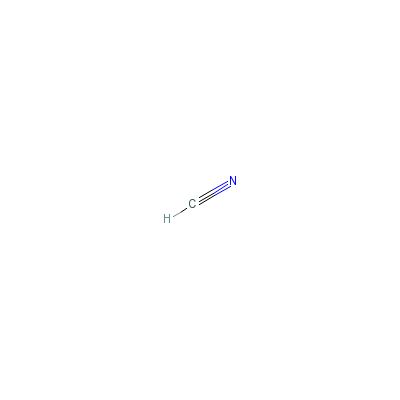
|
| Quercetin |
Not Available |
2-(3,4-dihydroxyphen
yl)-3,4,5-trihydroxy
-chromen-7-one |
C15H10O7 |
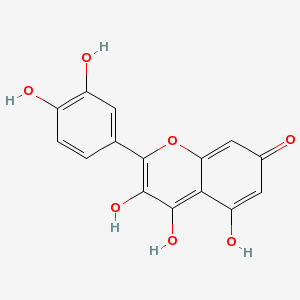
|
|
Pharmacology
| Medicinal Use |
 |
|
Used as a remedy for skin ailments and fungal diseases such as thrush, and massaged into the skin to treat broken bones and sprains and is bandaged on the spine to relieve sciatica (latex); taken internally to treat diarrhoea, stomach-ache and dysentery (diluted latex); to treat ear infections (latex and juice from the crushed leaves); to treat liver diseases and fevers (leaves); to lower blood pressure and to relieve asthma (leaf decoction); to counteract food poisoning (chewed young leaves); rubbed on the gums around aching teeth to ease pain (toasted flowers); in treating ear oedema (flower extract); as a poultice for skin ailments (roots); to treat headache (bark). |
Dealers
Products
|
|